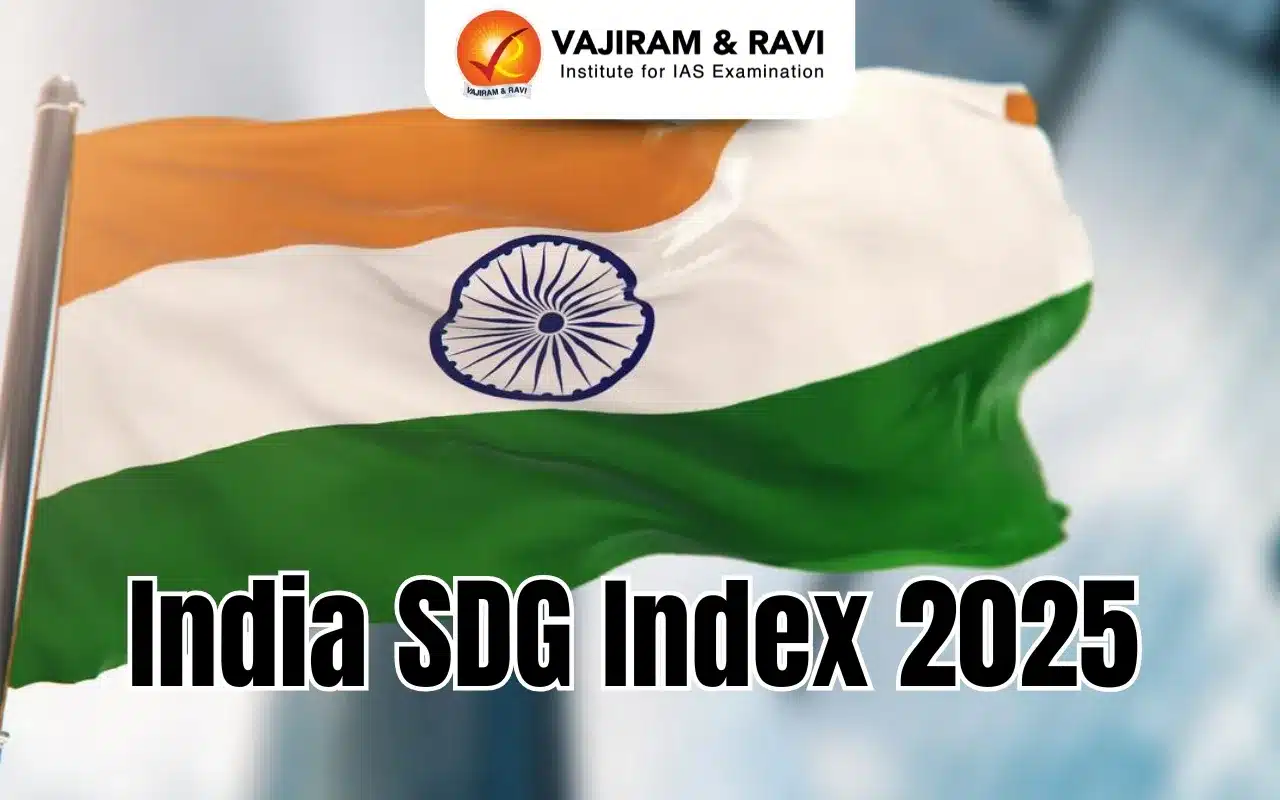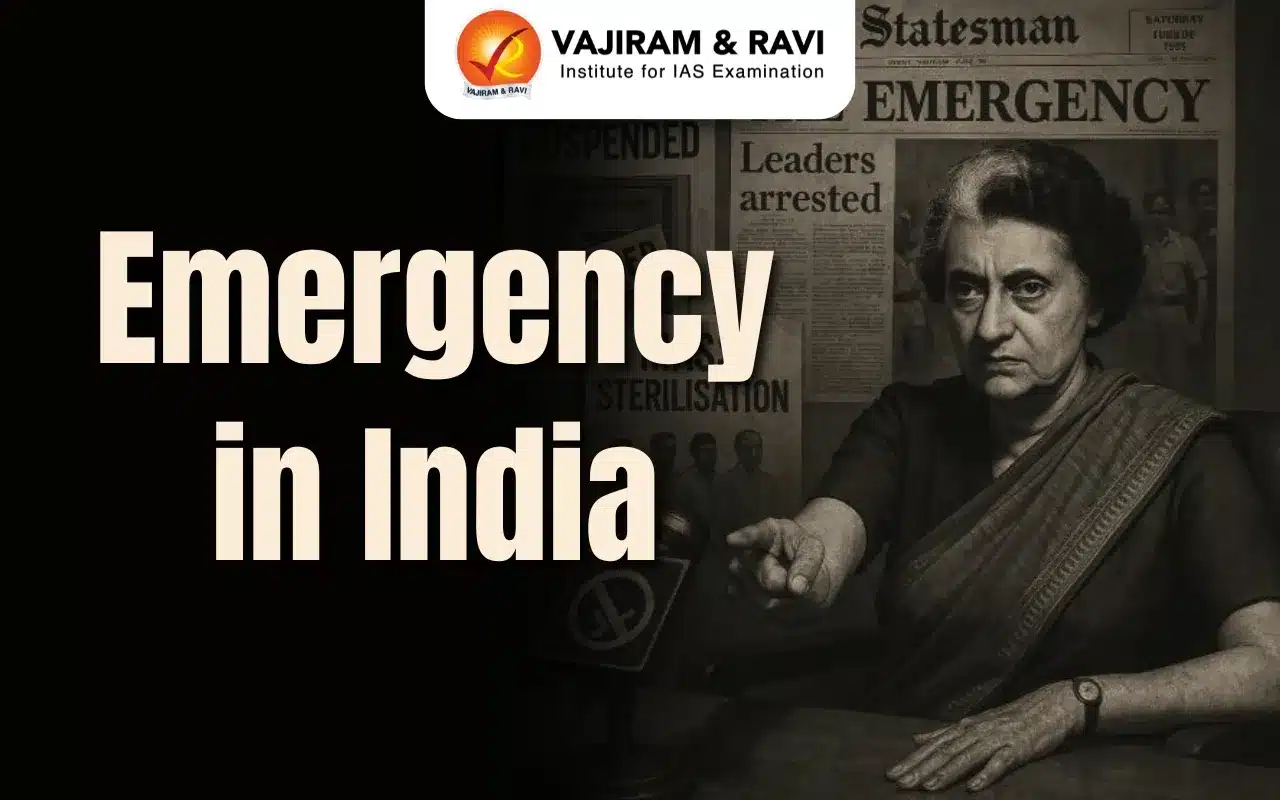India-Bangladesh Trade Tensions Latest News
- Bangladesh set to graduate from the United Nations’ Least Developed Country (LDC) category in November 2026. This will end its duty-free access to export markets such as the European Union.
- To offset the impact, Bangladesh is shifting economically towards China. This pivot is straining its trade relations with India.
Growing India–Bangladesh Trade Tensions
- Political and economic tensions between India and Bangladesh are rising.
- India has imposed import restrictions on Bangladeshi goods, especially ready-made garments — Bangladesh’s top export and foreign exchange earner.
Key Trade Facilities Withdrawn
- Earlier in April, India ended a five-year-old transhipment facility that allowed Bangladesh to export goods to Western markets via Indian land routes and airports.
- This marked an early sign of worsening ties.
Reasons Behind India’s Moves
- Indian officials cite reciprocal trade restrictions by Bangladesh and congestion at Indian ports as reasons for these decisions.
Role of Chinese Influence
- Bangladesh’s Chief Adviser Muhammad Yunus has pushed for greater Chinese economic presence near India’s Northeast.
- This aligns with China’s strategy to curb India’s regional influence.
Strategic Context
- India’s refusal to join the China-led RCEP and its push to integrate with Western economies (US, UK, EU, EFTA) reflect its broader economic shift, which contrasts with Bangladesh’s tilt towards China.
India Targets Garment Imports from Bangladesh
- New Delhi has imposed restrictions on garment imports from Bangladesh to boost domestic textile jobs.
- This move aligns with India’s strategy to promote labour-intensive sectors under new free trade agreements.
Push from Trade Agreements
- India’s textile sector is expected to benefit from recent FTAs.
- Indian garments now enjoy duty-free access to the UK, and similar access is being pursued with the EU and US.
Domestic Industry’s Longstanding Concerns
- Indian textile firms have raised concerns over Bangladesh’s price advantage.
- Bangladeshi exporters benefit from duty-free Chinese fabric and export subsidies, making their products 10–15% cheaper in the Indian market.
Uneven Playing Field
- According to the Global Trade Research Initiative (GTRI), Indian manufacturers face higher costs due to a 5% GST on locally sourced fabric, while Bangladesh enjoys import and export incentives.
- Global brands sourcing from Bangladesh further impact India’s domestic market.
Bangladesh Imposes Restrictions on Indian Yarn
- Bangladesh has restricted Indian yarn exports via land ports, allowing them only through seaports.
- This move reportedly caters to domestic textile mill demands, despite land routes being faster and cheaper.
Impact on Trade
- Yarn exports form a significant portion—20%—of India’s $11.38 billion exports to Bangladesh in FY25.
- In FY24, cotton yarn and handloom exports to Dhaka totaled $2.39 billion.
- In contrast, India annually imports over $700 million worth of ready-made garments from Bangladesh.
China’s Expanding Influence in Bangladesh
- Since June 2020, China has granted 97% of Bangladeshi goods duty-free access to its domestic market.
- It is also helping Bangladesh upgrade its industrial base and diversify exports.
Strategic Infrastructure and Defense Ties
- Bangladesh hosts the highest number of Chinese-backed infrastructure projects in South Asia.
- It is also the second-largest global buyer of Chinese military hardware, accounting for over 70% of its major arms imports.
Political Shift Favors Beijing
- The fall of Sheikh Hasina’s pro-India government in mid-2024 and the rise of an interim administration under Muhammad Yunus have accelerated Bangladesh’s alignment with China.
- Yunus’s March 2025 visit to Beijing resulted in $2.1 billion in investments and cooperation agreements.
China’s Strategic Footprint
- China’s involvement in sensitive projects like the Teesta River development signals a deeper strategic presence in Bangladesh, directly challenging India’s regional influence.
India-Bangladesh Trade Tensions FAQs
Q1. Why are India-Bangladesh trade ties worsening?
Ans. India imposed restrictions on Bangladeshi garments; Bangladesh restricted Indian yarn via land ports.
Q2. How is China influencing Bangladesh’s economy?
Ans. China offers duty-free access, infrastructure investments, and military hardware, deepening Bangladesh’s dependence.
Q3. What did India withdraw recently?
Ans. India ended a key transshipment facility that helped Bangladesh export to the West via Indian routes.
Q4. How does politics affect trade decisions?
Ans. Change in Bangladesh’s leadership in 2024 favored China, straining traditionally pro-India trade ties.
Q5. What is India’s economic counter-strategy?
Ans. India boosts textile exports through FTAs and promotes local industries with policy support and import restrictions.
Last updated on June, 2025
→ UPSC Notification 2025 was released on 22nd January 2025.
→ UPSC Prelims Result 2025 is out now for the CSE held on 25 May 2025.
→ UPSC Prelims Question Paper 2025 and Unofficial Prelims Answer Key 2025 are available now.
→ UPSC Calendar 2026 is released on 15th May, 2025.
→ The UPSC Vacancy 2025 were released 1129, out of which 979 were for UPSC CSE and remaining 150 are for UPSC IFoS.
→ UPSC Mains 2025 will be conducted on 22nd August 2025.
→ UPSC Prelims 2026 will be conducted on 24th May, 2026 & UPSC Mains 2026 will be conducted on 21st August 2026.
→ The UPSC Selection Process is of 3 stages-Prelims, Mains and Interview.
→ UPSC Result 2024 is released with latest UPSC Marksheet 2024. Check Now!
→ UPSC Toppers List 2024 is released now. Shakti Dubey is UPSC AIR 1 2024 Topper.
→ Also check Best IAS Coaching in Delhi
Tags: india-bangladesh trade strains deepen mains articles upsc current affairs upsc mains current affairs












